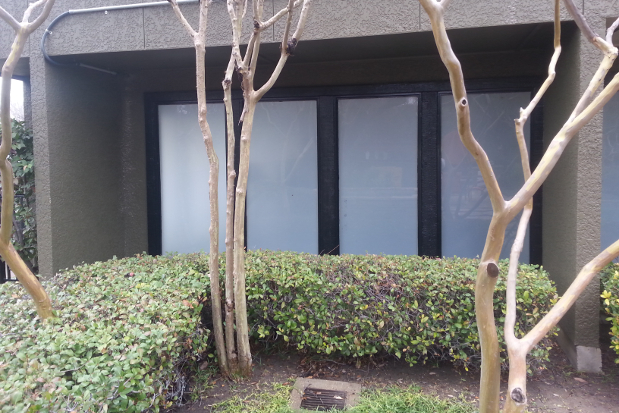
Anytime you hear a home remodeling term with the word smart in it, you know you’re about to learn the latest in new technology. And though these inventions often sound more like science fiction, they are in fact becoming increasingly popular, especially among commercial development, which means that soon they’ll be showing up in the private sector as well. When a product is smart, it simply means it is programmed with an auto-intelligence capable of operating a single task. And the same goes for smart glass: instead of relying on window treatments to block the light, these specially designed, energy-efficient windowpanes automatically control the sun’s solar penetration.
How does Smart Glass Work?
Often referred to as switchable glass, these windowpanes dim and brighten at will. When you want sun to shine through your windows, simply flip a switch to turn off the tint. You want to open a room, another flip and the windows will blur, become opaque, or slowly darken. Though they all perform the same task there are several types of smart glass out on the market. One of the original forms is photochromic technology which doesn’t require any manual operation. Similar to sunglasses, these panes immediately tint when the sun hits, which is efficient since they don’t call for any electricity or hands-on direction (there’s also thermotropic panes which dim according to heat levels). However, if you want a little sun to brighten a space in the home, you’re out of luck. Plus, during winter, when you want some solar heat gain, these panes won’t help you out.
What’s the Latest Technology?
In the last few years there have been several improvements in switchable glass. Due to cutting edge chemistry, you can now totally control the level of light diffusion. Special inserts within the panes allow you to turn the sun off and on with the flip of a switch:
- Suspended Particle Devices: A conductive glaze covers the two panes while in between countless particles lay suspended in a liquid film. When denied electricity, these free floating elements block out the light, darken a room, and remain opaque until the switch flips. Then, when the circuit is complete, they quickly line up and allow light to pass.
- Liquid Crystals: The same stuff found in your digital clocks and DVD displays can also be put in windowpanes. Working similarly to SPD technology, these products are black and white: turn it on, they line up to permit light; turn it off, you’re in the dark again.
- Electrochromic Glass: These panes work in the opposite manner: when a current is supplied, they darken and when electricity is withheld they become clear. Another unique aspect of these particular products is that they aren’t so black and white. Instead they are able to create varying levels of light penetration, allowing you to have total management of the sun’s power. Sometimes it takes several minutes to change shades and typically electrochromic glass works from the outside to the center, but it also doesn’t require a constant stream of electricity: once the initial tint is achieved, no more power is needed.
Ready to start your Window Installation?
Find ProsWhat’s the Point?
If window treatments achieve pretty much the same thing, you may be wondering about the point of these inventions. Well, first off, they’re incredibly energy-efficient. Unlike traditional drapes, blinds, and curtains that contain slats and openings, smart glass won’t allow any heat gain at all. Plus, they don’t need cleaning and they won’t fade in the sun like cloth and plastic. Also, they only require a small amount of energy to sustain their use (powering several windows at once uses less electricity than a single light bulb) and electrochromic glass hardly needs any electricity at all. Plus, like any technology that may appear over-the-top at first, it’ll probably come to replace every previous invention (for instance, when was the last time you used your VCR or tape deck?).
Need Some Help?
Since they come in all sizes and shapes, any window can easily be retrofitted with smart glass. And if you already have low-e panes, these installations only add potency to your energy-efficiency. However, since they’re still new to many markets, these windows aren’t cheap. So you may want to replace one at a time, starting with the largest and most centrally located window first. But over time, as the price drops and the technology advances, you’ll eventually want to retrofit all your windows. You’ll still definitely want to hire a professional, though, since beyond the preexisting necessities (insulation, trim, sealing) the window installation will involve quite a bit of extra, specialized labor.
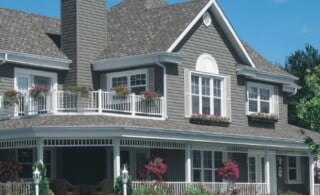 Thermal Replacement Windows – Questions & Answers
Thermal Replacement Windows – Questions & Answers 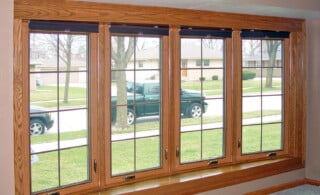 Low-e Windows – Are They Worth the Investment?
Low-e Windows – Are They Worth the Investment?  U-Factor & Thermal Replacement Windows
U-Factor & Thermal Replacement Windows 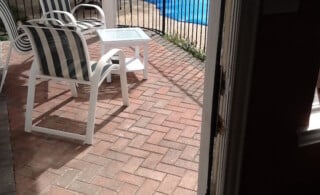 The Benefits of Weather Stripping
The Benefits of Weather Stripping 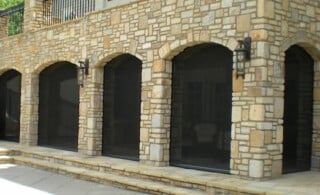 Solar Screens: Saving You from the Sun
Solar Screens: Saving You from the Sun 

Is there a way to have some benefit without replacing windows? like a glaze over existing and new low e windows?